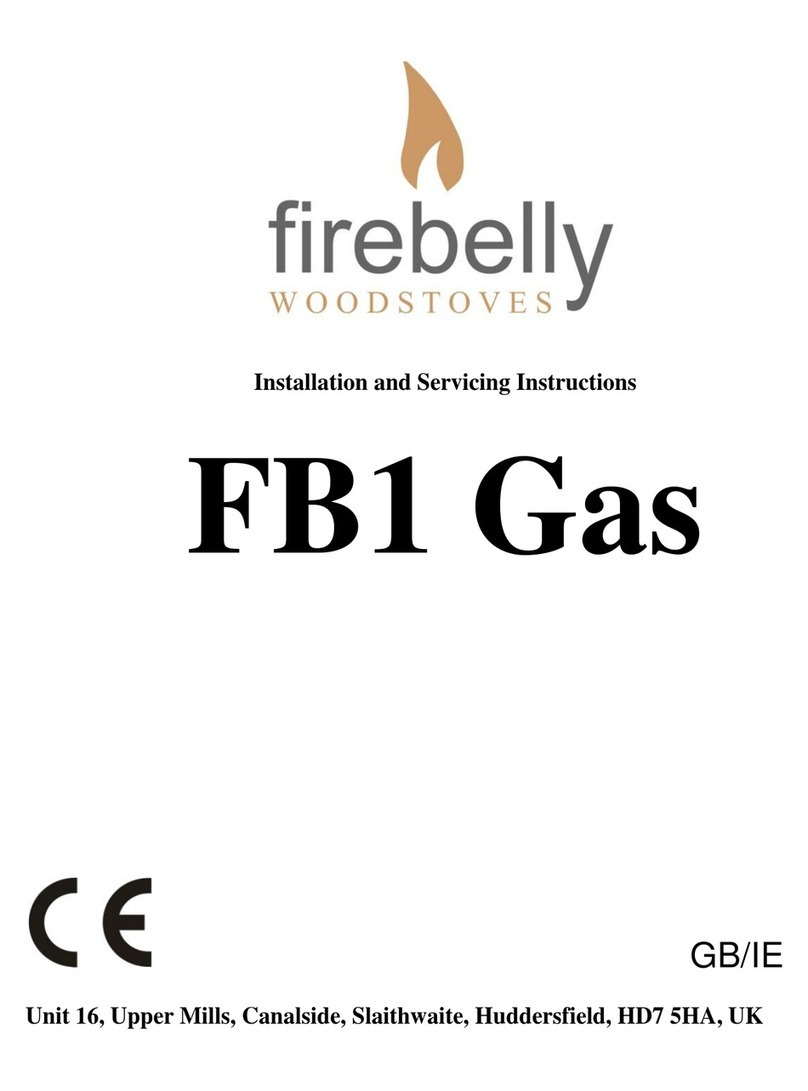Firebelly Razen CS1 User manual







Table of contents
Other Firebelly Stove manuals
Popular Stove manuals by other brands

US Stove Company
US Stove Company Ashley AP5710 Owner's operation and instruction manual

Quadra-Fire
Quadra-Fire SAPPHIRE Sapphire Cast Iron Specifications
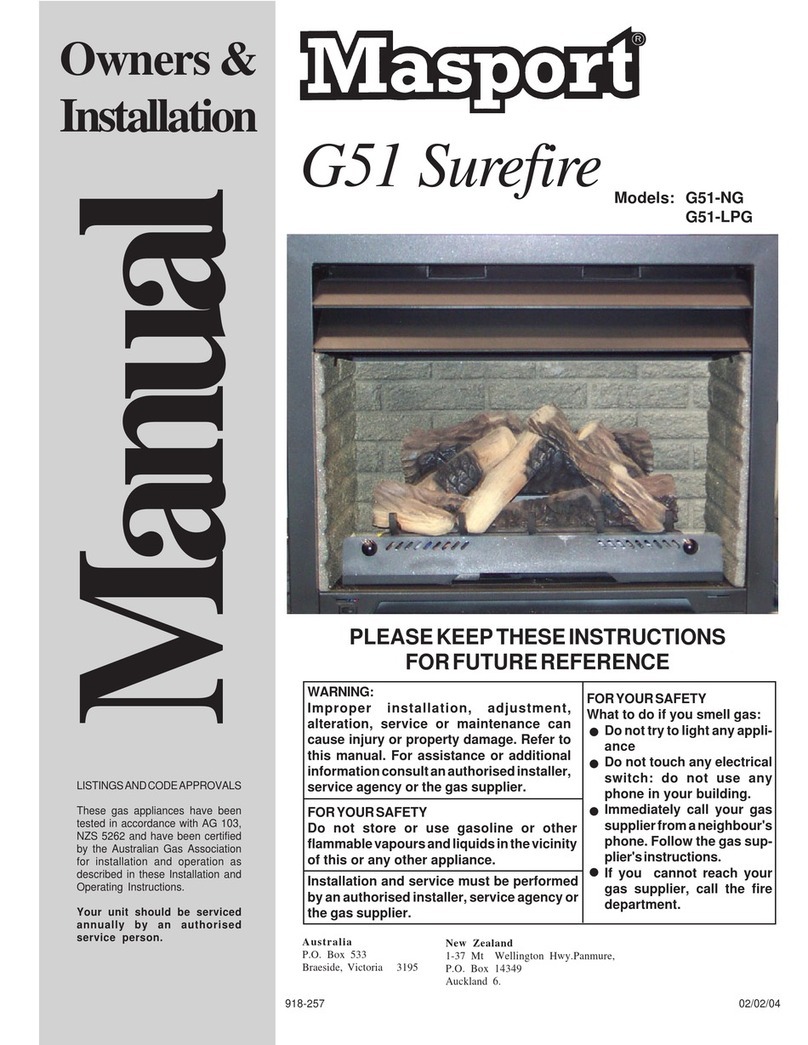
Masport
Masport Masport G51-NG Owners & installation manual

England's Stove Works
England's Stove Works 25-PDVC Installation & operation manual
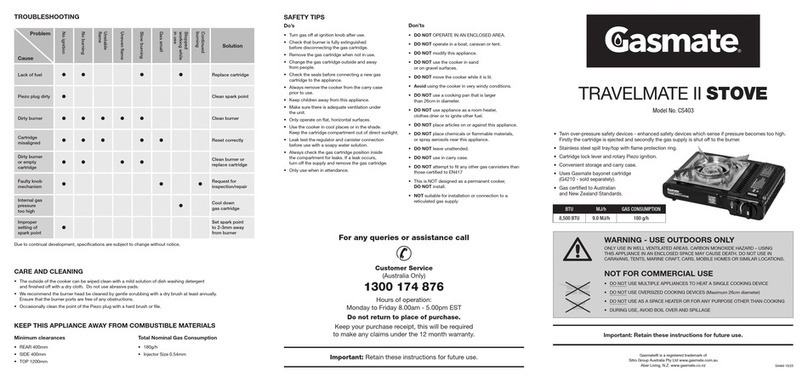
Gasmate
Gasmate TRAVELMATE II manual

Desa
Desa SL30NT/SL30PT OWNER'S OPERATION AND INSTALLATION MANUAL

WANDERS
WANDERS DANTA 500 Installation, servicing and user instructions

Napoleon
Napoleon Arlington GDS20N Installation and operating instructions

Kayoba
Kayoba 025531 operating instructions
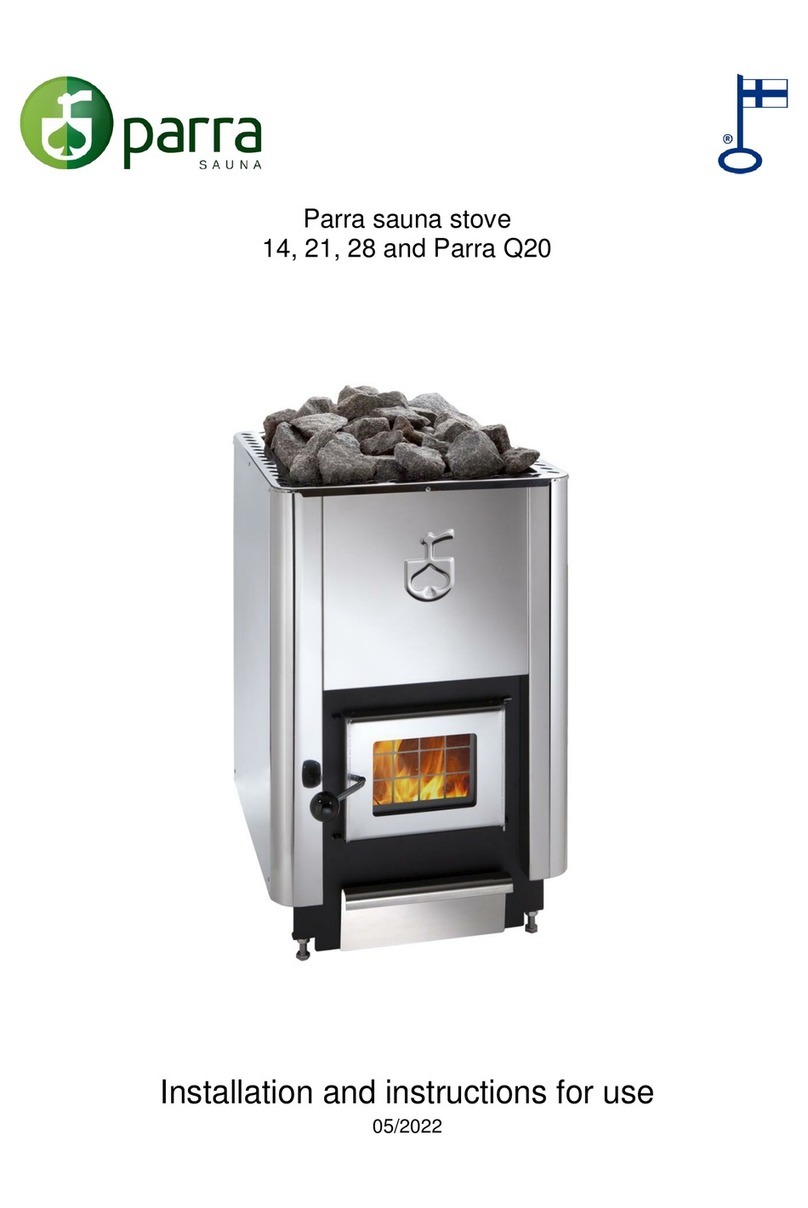
Teuvan
Teuvan parra 14 Installation and instructions for use
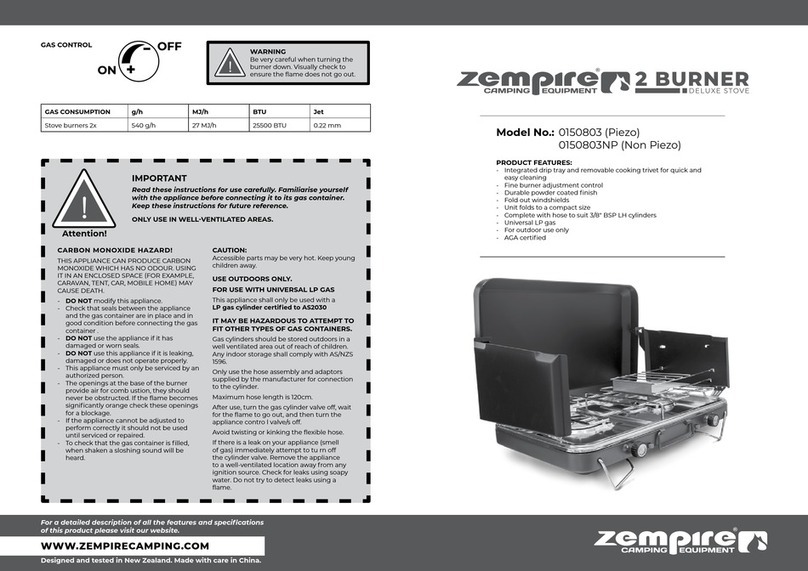
Zempire
Zempire 0150803 manual
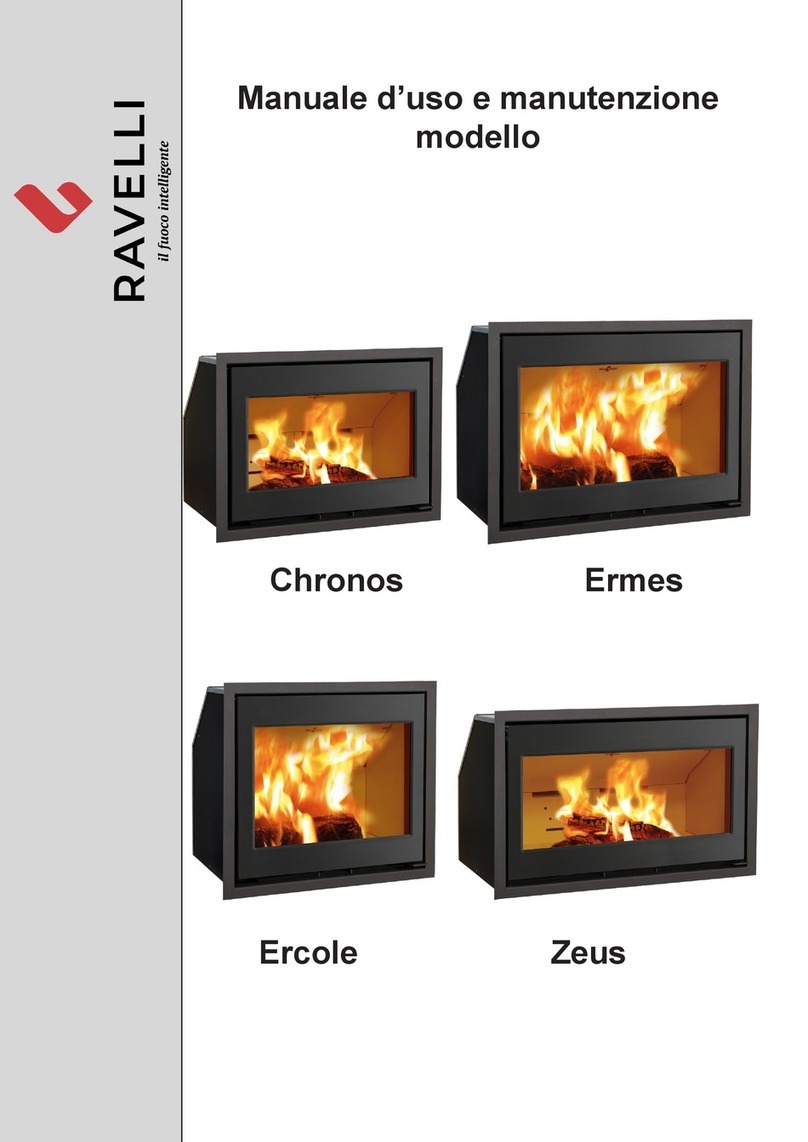
Ravelli
Ravelli Chronos Use and maintenance manual

ECOFOREST
ECOFOREST MIAMI Installation and maintenance manual
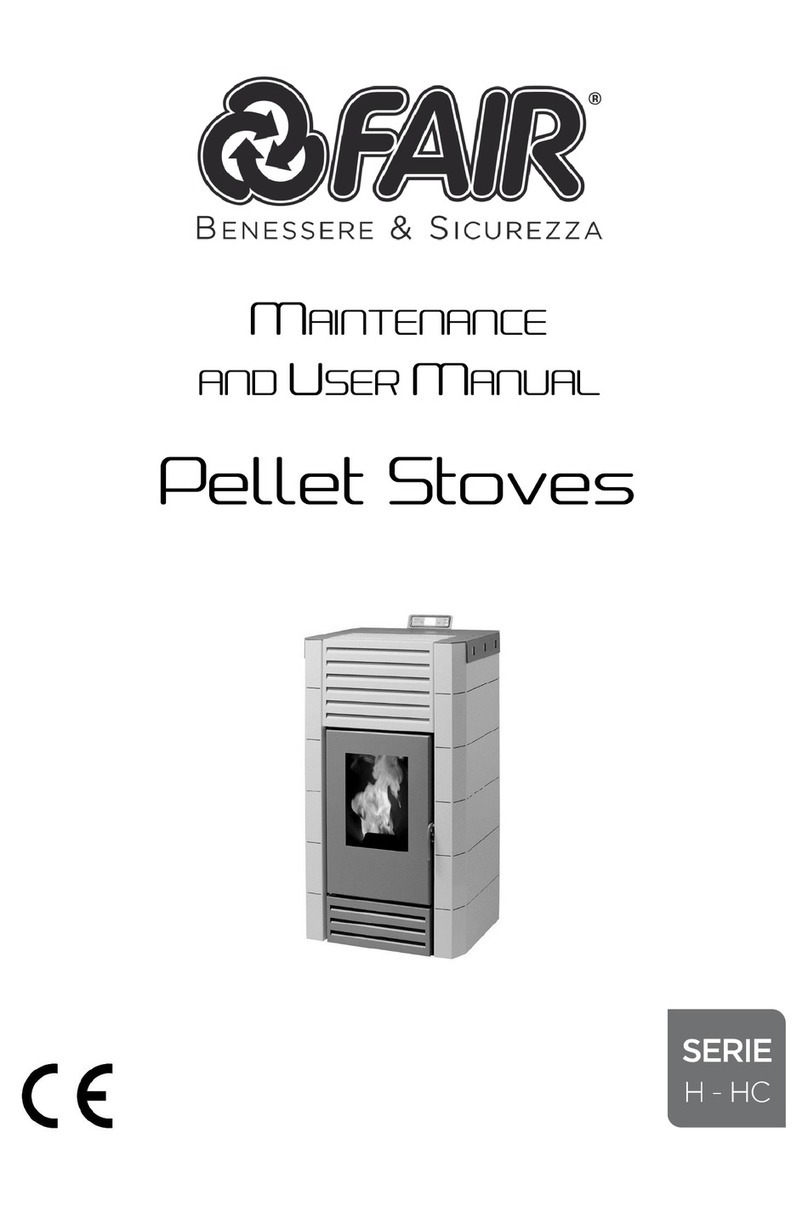
FAIR
FAIR H18 Maintenance and user manual
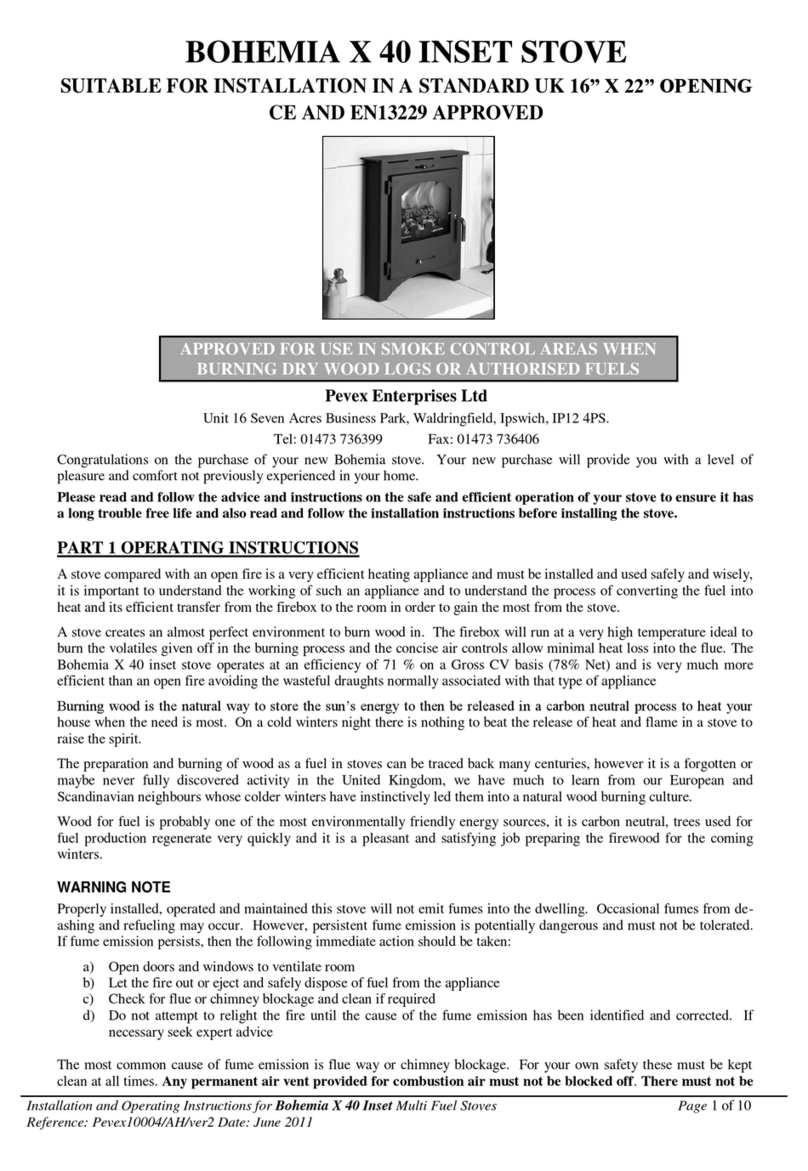
Pevex
Pevex BOHEMIA X 40 operating instructions
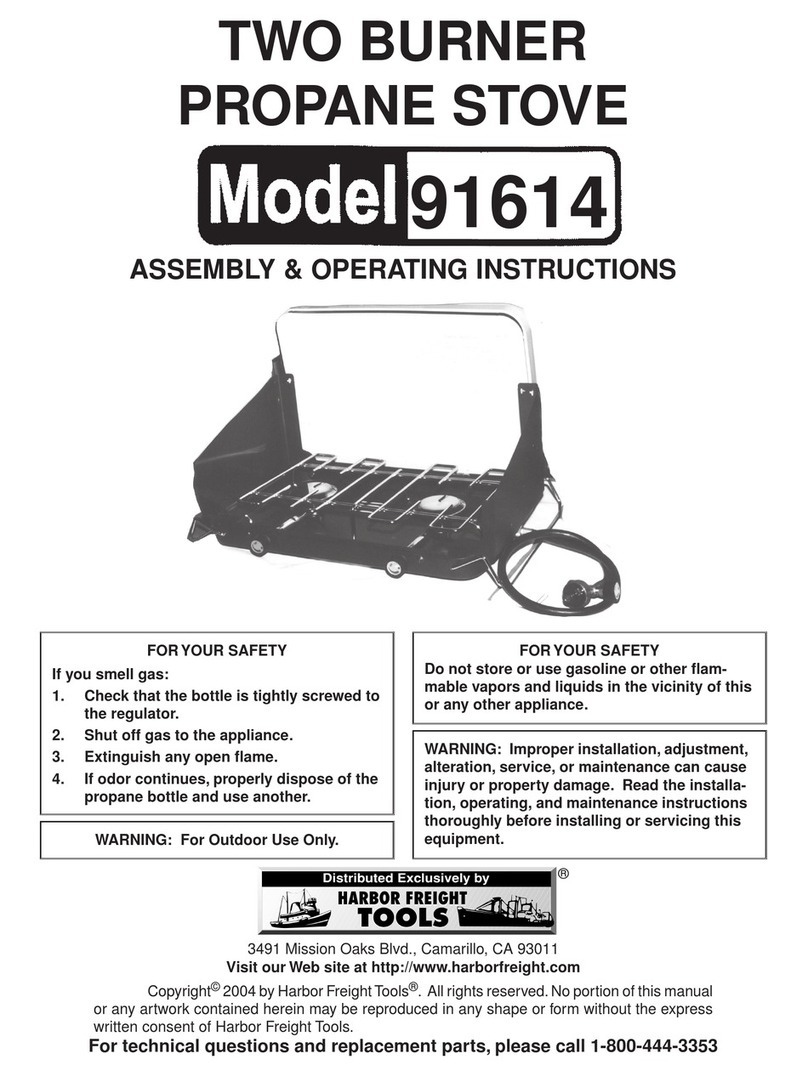
Harbor Freight Tools
Harbor Freight Tools 91614 Assembly & operating instructions

Olymberyl
Olymberyl HF-217 BabyGabrie user guide
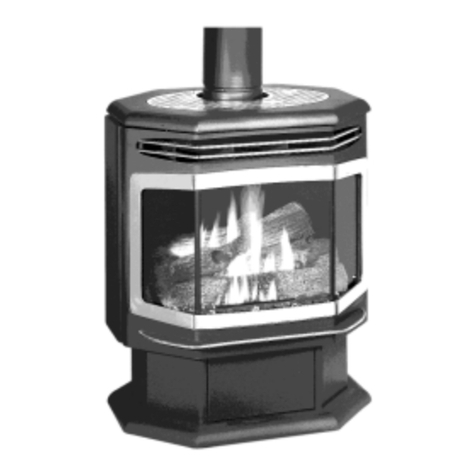
Travis Industries
Travis Industries Avalon owner's manual
